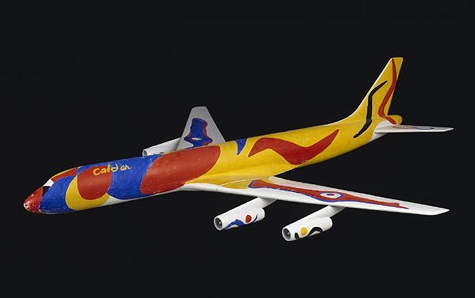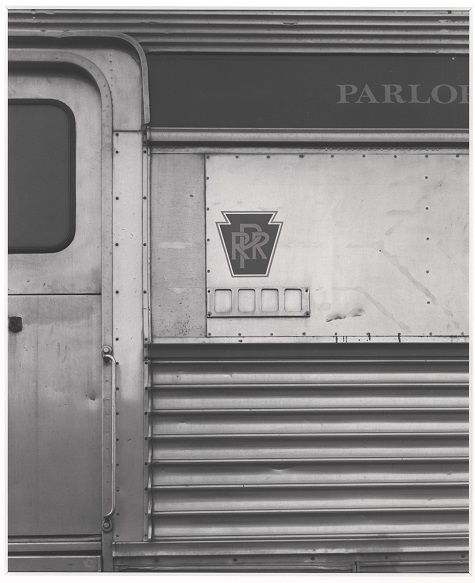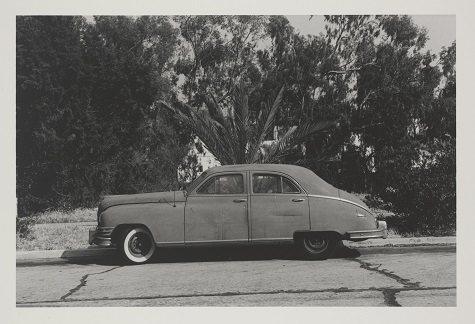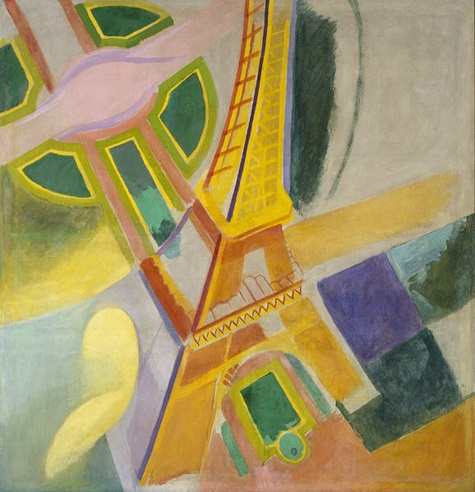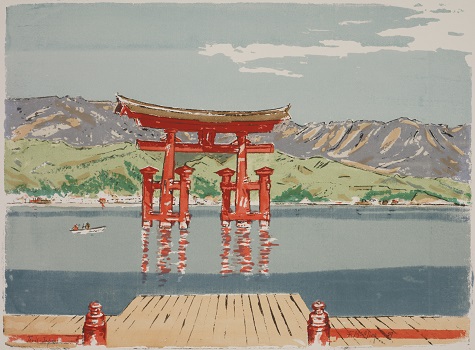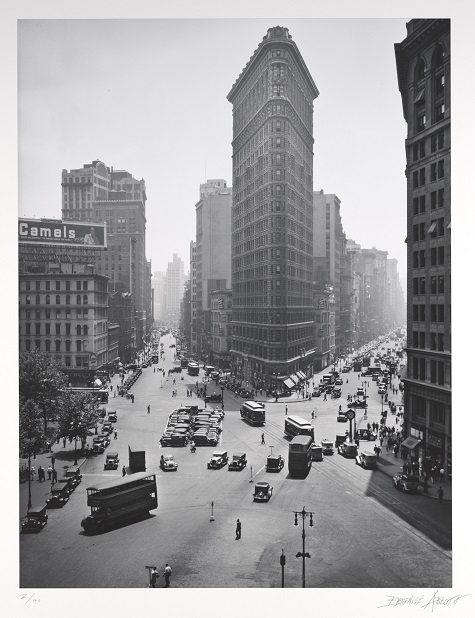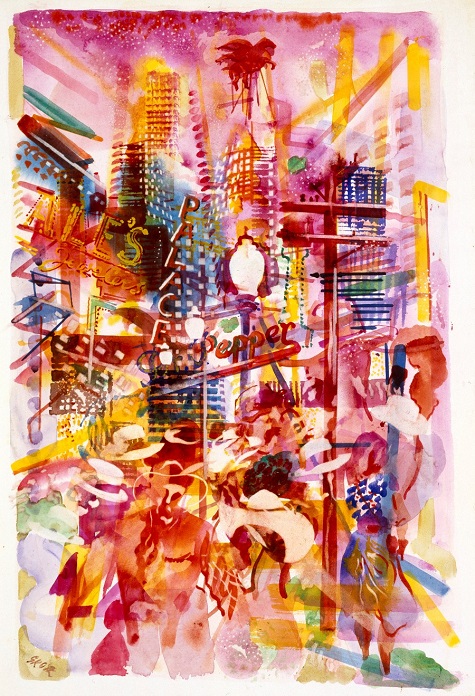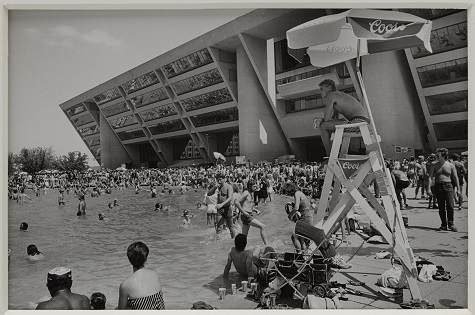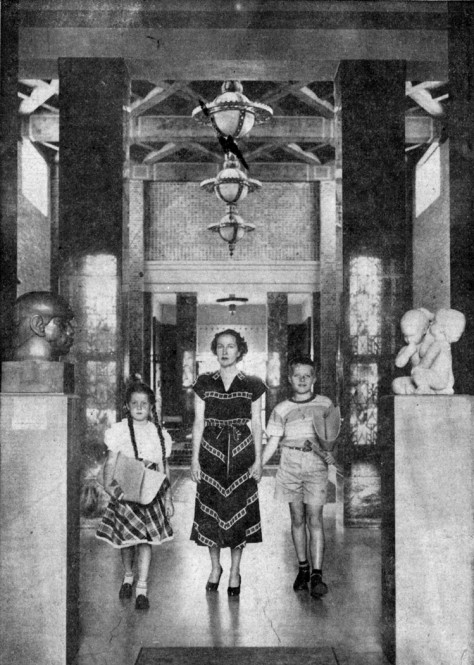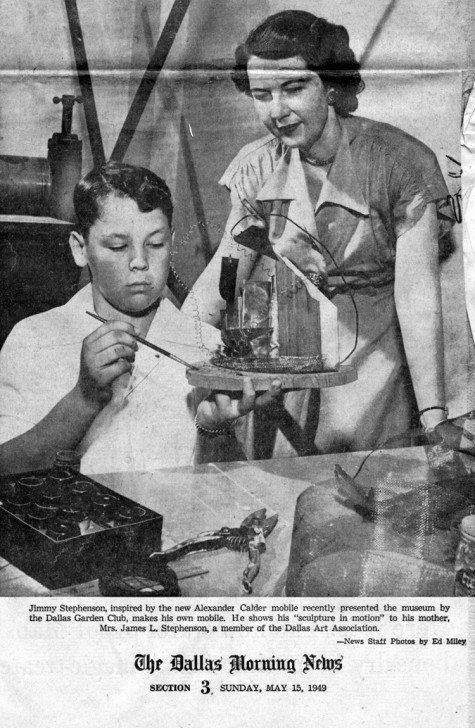Alexander Calder’s Flower is back in the galleries after undergoing recent treatment in the Objects Conservation Lab. This mobile, a highlight of the collection, was given to the Museum in 1949, after it was commissioned for the Dallas Garden Club Flower Show by Mrs. Alex Camp and the Dallas Garden Club. The acquisition marked the beginning of the Museum’s contemporary art collection.

An early photo of Flower from the DMA Archives.
In recent decades, Flower has not flowed or moved as Calder originally intended because of damage that occurred in 1979. While installed at the Museum’s former home in Fair Park, the mobile fell two stories and crashed to the ground after its hanging attachment failed. This caused loss of paint and some minor structural changes to the mobile’s elements. Because the piece is very carefully balanced in its construction, and weighs only four pounds overall, these slight deformations created noticeable alterations in how the mobile moved. Paint losses were addressed at the time, but all attempts to return the mobile to its original form were ultimately unsuccessful.
In preparation for Flower’s current display, DMA Associate Objects Conservator Fran Baas and I performed a conservation treatment this past fall. Our work enabled the mobile to move again in a way that more closely represents Calder’s original design. It also provided a unique opportunity to learn more about Flower’s history.
- Assistant Conservator Elena Torok examines the mobile’s condition.
- Archivist Hillary Bober and Associate Conservator Fran Baas look through Museum scrapbooks from the 1950s.
As we worked with DMA Archivist Hillary Bober to examine Calder’s original 1949 drawings and archival photographs of an early 1950s installation, subtle differences became clear. Most notably, one central metal hook was bent in an entirely different position than it had been. The changed areas were carefully manipulated back to their original positions to the extent that was safely possible. Although these repairs were very small, they created big changes in how the mobile moves overall.

Flower on display after recent conservation treatment.
After many years, Flower finally hangs in a way that is much closer to what Calder intended. This beautiful floating sculpture is now on view in the Museum’s Concourse overlook on Level 3.
Elena Torok is the Assistant Objects Conservator at the DMA.


